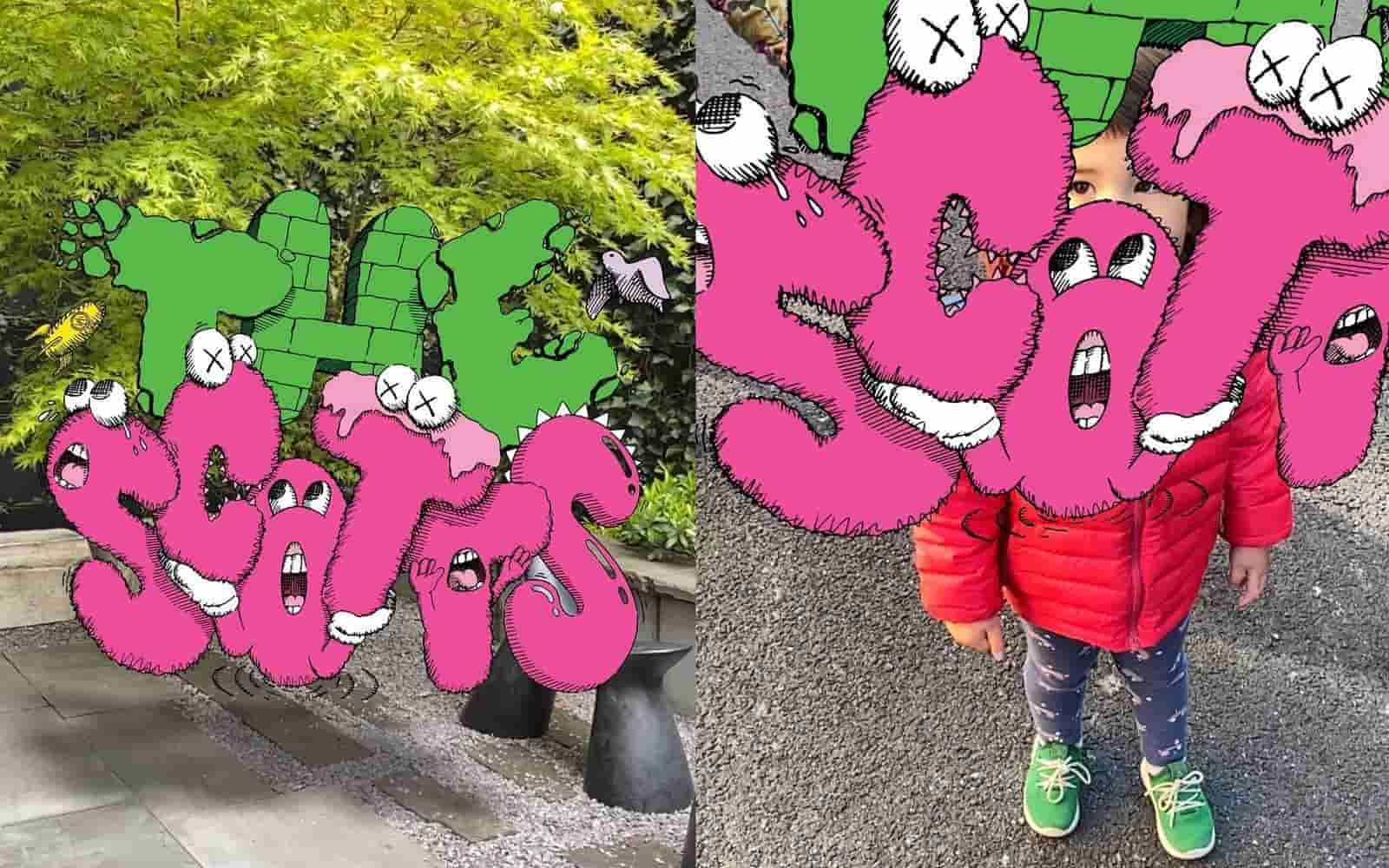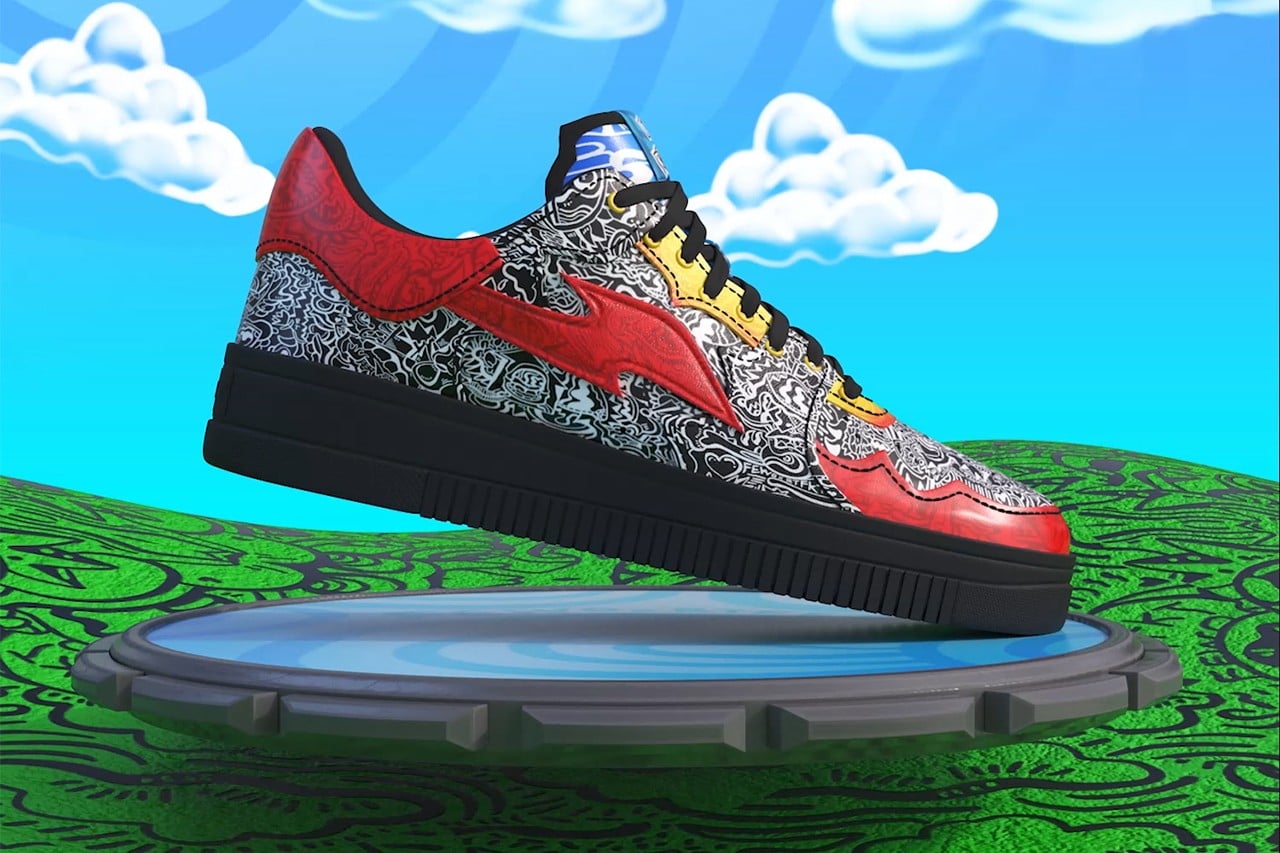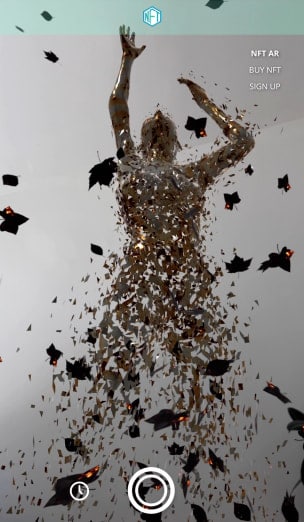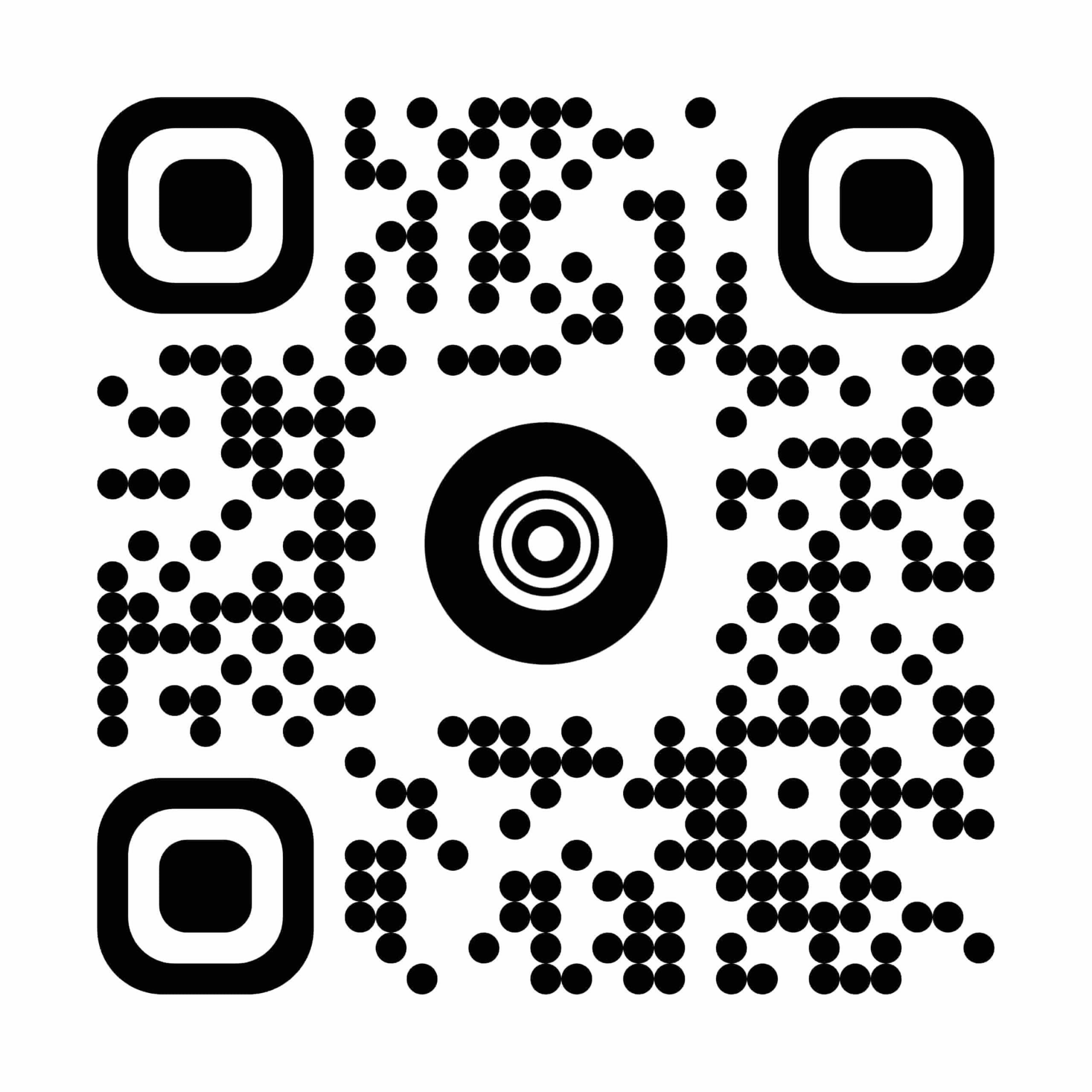
3 Lessons We Learned from Making Web AR on the Blockchain
by Anne McKinnon
A new paradigm shift is emerging on the spatial web at the intersection of the blockchain and web AR. This convergence exists where transparent data ownership, instant digital payments, and creator control are colliding to reshape Internet commerce.
Web AR and blockchain are improving how we create and consume, with new creatives and brands collaborating to make innovative campaigns that will define the next decade in this space. Our goal is to share a picture of real-time AR consumer trends, and predictions for the future of web AR products on the blockchain.
These insights are also available in Geenee’s recent deep dive report with case studies here:
1. There’s a Blue Ocean of Opportunity at the Intersection of Augmented Reality and NFTs
As creatives, brands and industry partners began to reach out to us about augmented reality NFTs, we learned that more than $2 billion was spent on NFTs during the first quarter of 2021 — representing an increase of 2,100% from Q4 2020 according to research at NonFungible.com.
In the Snap Consumer AR Global Report 2021, it was stated that nearly 75% of the global population and almost all people who use social and communication apps will be frequent AR users by 2025. This audience is predominantly GenZ, digital natives who are growing up to value digital assets just as much as physical goods.

As our lives become increasingly entwined with the non-physical, the principles that apply to the transactions of our day-to-day lives with physical goods and services are being transferred
to our digital ecosystem to support a fair and sustainable virtual economy. In these two rapidly growing markets, there is a massive opportunity to serve an audience that is deeply engaged in digital content creation and monetizing from the distribution of content on the blockchain.
When we spoke with musician and digital artist Connor Campbell, (AKA Levitate), he said:
NFT’s have changed my life, the concept of ownership and exclusivity of digital art had seemed almost abstract to me, but still somehow obvious before knowing of NFTs. The entire industry and scene has given me the gift of being able to create what I want how I want outside of a client’s guidelines and add intrinsic value to the work as well, which is frankly a dream come true. I see NFTs being the primary avenue for digital artists to stand amongst traditional artists in the fine-art community and that to me, is endlessly exciting.
2. By Solving These Challenges, Web AR and Blockchain Technology is Ready to Scale
As AR and NFTs converge it’s not without challenges. Both are technically complex innovations at the forefront of what is possible with the spatial web and decentralized peer-to-peer networks.
Augmented reality has traditionally required cumbersome apps, specialized coding, asset creation, and design.
By leveraging web AR, web-based augmented reality, it’s possible to seamlessly create, share and deploy augmented reality experiences on the web with simple QR codes or URLs. This method of distribution makes web AR a glue between all social media platforms with no walled gardens.
Challenges specific to NFTs include gas fees, network latency, and high energy consumption levels. To mitigate these challenges, the technology behind cryptocurrencies is actively being evolved. For example, Ethereum 2.0 refers to a set of interconnected upgrades that will make Ethereum more scalable, more secure, and more sustainable.
By solving the traditional barriers of entry to augmented reality, and mitigating the challenges of NFTs with more efficient and environmentally conscious blockchain technology, web AR and NFTs are set to scale.
We’re only on the cusp of understanding what is possible as AR and NFTs converge, creating new value for brands and creatives that exist infinitely on the blockchain.
3. AR is Already Being Used for Blockchain Applications
In our research, we discovered AR and NFTs at the height of entertainment, luxury goods, brand collaborations, charity fundraisers and gaming.
Luxury brand Jacob and Co. renowned for their use of diamonds, auctioned off a one-of-a-kind NFT watch for $100 000. Using NFTs and 3D content, the brand opened their market to an entirely new audience across crypto and digital collectibles that traditionally might not otherwise seek out or shop for a luxury watch.

Now, flashback to Travis Scott and Kid Cudi’s “The Scotts” augmented reality album artwork, a collaboration with digital artist KAWS that launched during Travis Scott’s “Astronomical” Fortnite concert, drawing over 12 million attendees, opening the door to user-generated content from fans around the world.

Another example we love is when 18-year-old crypto-artist FEWOCIOUS’s collaborated with sneaker brand RTFKT Studios. They created NFT virtual editions of FEWOCIOUS x RTFKT shoes, each sale coming with a physical pair of shoes too. Before the bid began, followers tried on the virtual sneakers on Snap. Over 600 pairs of the AR NFT shoes were sold… in seven minutes.

In an interview with Hypebeast, RTFKT’s founders, Benoit Pagotto, Zaptio, and ClegFX, said “We wanted to show people the future, and we made it happen. This collab is the result of a perfect alignment of all the cultures we love and know. We believe this is the start of a new revolution.”
Fashion houses like Valentino are also getting into NFTs, displaying digital NFT works by artist Matthew Stone at their Episode SoHo store in New York City. Recently, $395,000 worth of Burberry NFTs also sold out on Mythical Games’ Blankos Block Party….in just a few minutes!
Web AR on the Blockchain: Click to Launch
Using web AR, augmented reality NFTs are just one-click away. Integrate powerful CTAs directly in the experience, and connect directly to NFT marketplaces like Mintable from within Geenee’s drag & drop builder. Add brand links to explore, learn more, and convert users to loyal and highly engaged followers.
Our average user spends over 2 minutes in an AR experience. That’s 6x the standard digital ad placement. We are witnessing the rise of collaborations between brands and artists, attracting new audiences to meaningful experiences with genuine conversation between brand, creative and audience.
This is only the beginning of a movement that will change the way our digital society operates, including digital strategy, activations, sales, advertising and social networks.
 Anne McKinnon is an XR consultant and writer for Geenee.
Anne McKinnon is an XR consultant and writer for Geenee.



